|
  |
|
Page 2 |
Newsletter 125 Summer 2019 © Hampshire Mills Group |
Meeting Report, 16 March 2019
Talk by Peter Hill : Windmills of the Channel Islands
Report by Alison Stott, Photos by Peter Hill
|
|
Some twenty years ago Peter had visited the Channel
Islands and discovered that there were very few
records of the windmills which once existed. He
therefore set about doing a thorough survey, first
of the windmills of Guernsey, Sark, and Herm, and a
less detailed one of those on Jersey.
|
|
On Guernsey of the fifteen mills which
once existed the remains of seven are still visible,
either as derelict towers or converted into
desirable residences. One, Vale Mill (right)
built in 1850, was heightened by 40ft. during the
German Occupation to act as a lookout tower and
still has the remains of graffiti visible inside.
Le Hechet (or Ozanneís) mill (below) built in 1825
was converted into living accommodation in about
1967.
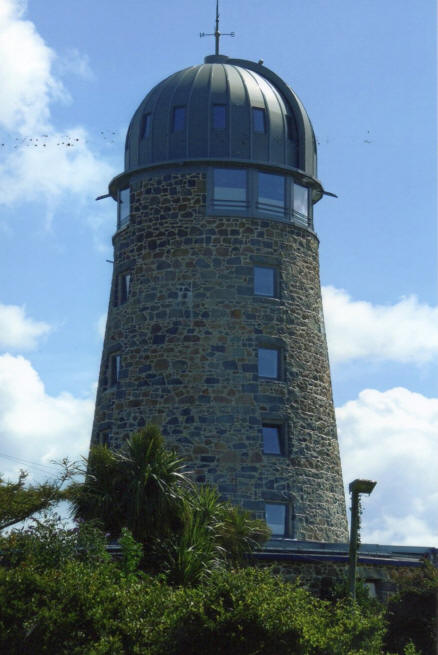 |
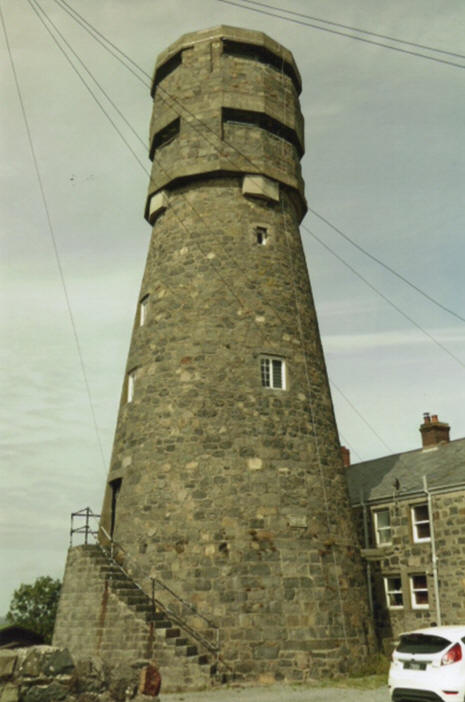
There is no machinery in any of the mills but the
towers are used as seamarks by the local fishermen.
Peter found just one record of a smock mill which
was situated beside a local brickworks and used to
pump water for the brick industry. |
|
He then
moved on to Sark where there were three windmills,
two now being ruined but the third one the
Seigneurial Mill (right) still has its machinery
intact Ė although the Germans removed its sails and
used the tower as an observation post.
Peterís travels then took him to Herm, where
he found just one mill (far right), a parallel-sided
tower mill with a crenellated top and external
stairway. It was built by the Cordelier monks
sometime between 1440 and 1485, but it was much
restored in the mid 1880s, and is now used as a
garden store.
|
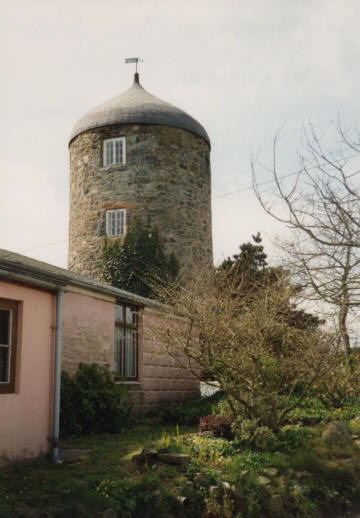 |
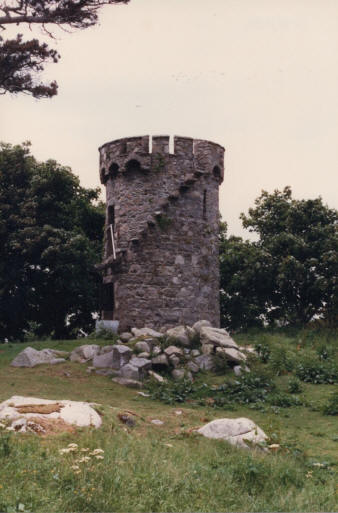 |
|
Finally off to Jersey, the largest of the
islands, which once had about 25 mills; practically
all have gone without trace apart from four. |
 |
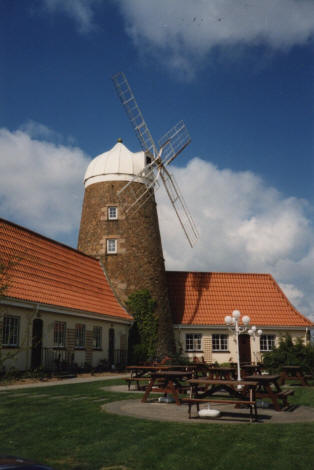 |
The first one, St. Martinís Mill, Rozel (far left),
thought to have been built in 1799, is right by the
coast, and was bought by the States of Jersey around
1900 to be used as a seamark. Its height was
increased by about a third during the German
occupation, and it was used as a range-finding
position. It is still used as a seamark Ė hence the
white paint. The next one, New Mill at St. Peterís
(centre), built in 1837, once had four patent
sails which were replaced by a Petter oil engine
which worked until the 1940s. It is now surrounded
by the buildings of a pub and has some dummy sails
to attract tourists. |
|
Another mill is just used as a seamark tower, and
the last one is right at the southern end of the
island and is in fact the most southerly surviving
windmill in the British Isles. It has been
incorporated into a luxury private residence.
|
  |
|
|
